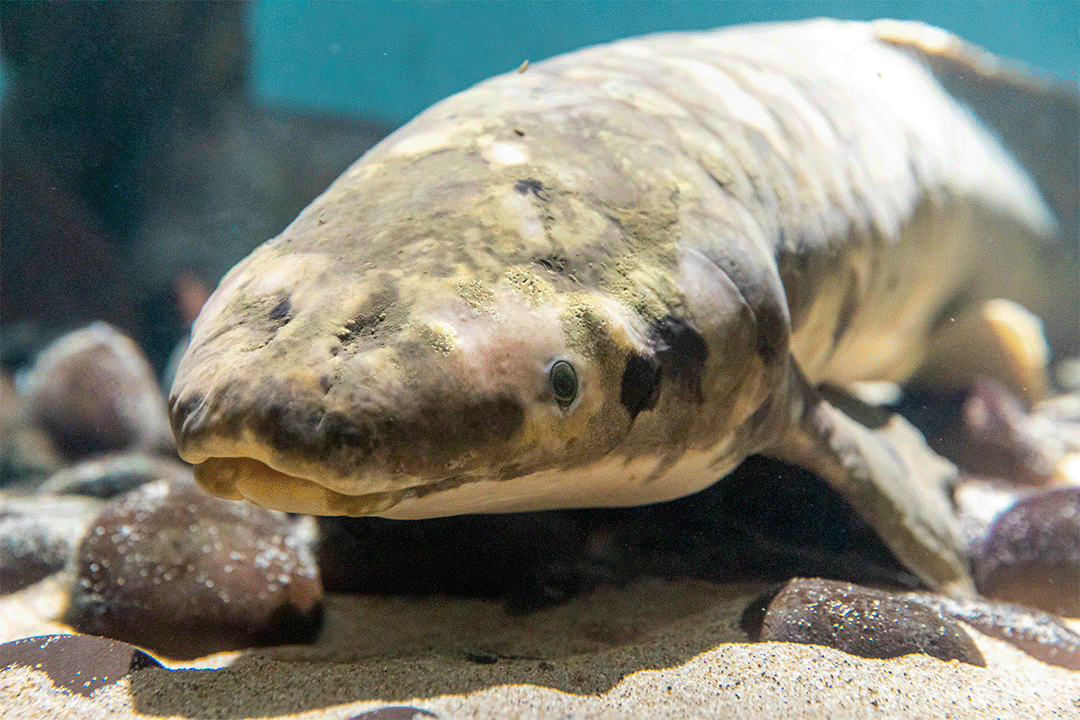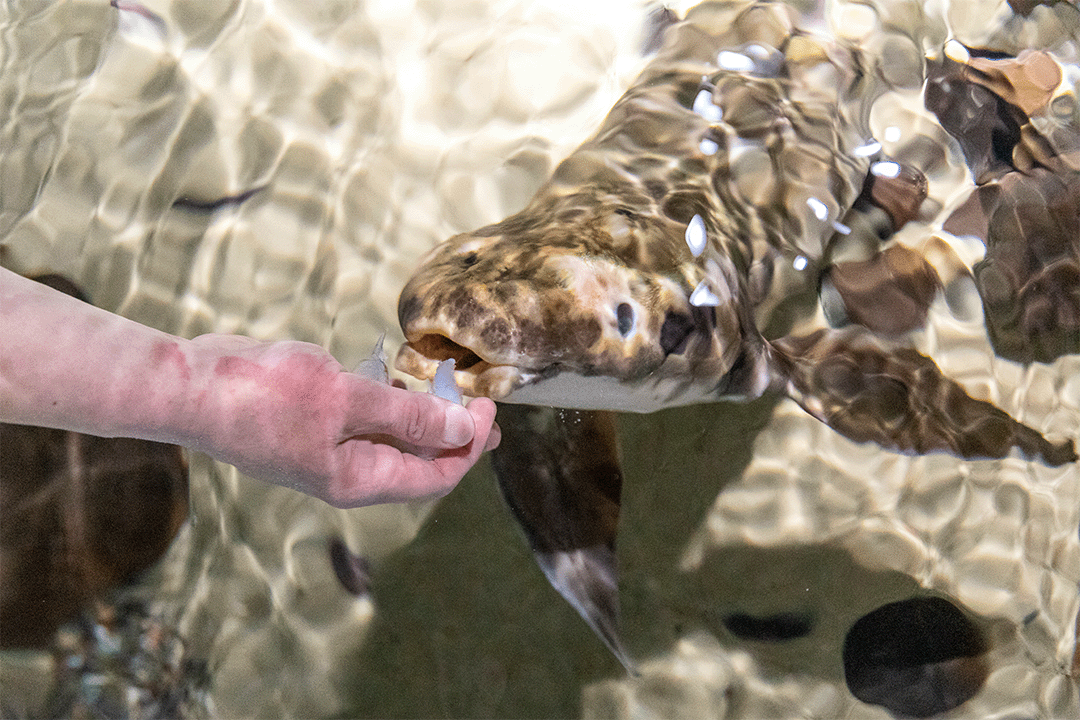DNA analysis has revealed that the current oldest fish living in an aquarium could be even older than her previous estimated age of 84 years old, putting her at 92 (plus or minus 9 years, giving a range of 83-101 years old).
Methuselah is an Australian Lungfish (Neoceratodus forsteri), a species that hangs out in slow-moving rivers in Southeastern Queensland. And yes, these fish do actually have a lung, used to supplement their oxygen intake in certain conditions!
Methuselah is around 1.2 meters (4 feet) long and weighs 11 kilograms (25 pounds). Residing at Steinhart Aquarium, California, she arrived in San Francisco from Australia in 1938.
“Although we know Methuselah came to us in the late 1930s, there was no method for determining her age at that time, so it’s incredibly exciting to get science-based information on her actual age,” Charles Delbeek, Curator of Aquarium Projects at Steinhart Aquarium, said in a statement.

“Methuselah is an important ambassador for her species,” said Charles Delbeek, Curator of Aquarium Projects at Steinhart Aquarium.
Image Credit: Gayle Laird, California Academy of Sciences.
The DNA analysis was led by Dr Ben Mayne of CSIRO and Dr David T. Roberts of Seqwater, who aim to publish a study on the findings later this year. A paper detailing the development of their method was published in 2021.
The paper highlights that invasive methods of aging, such as studying ear bones, are “undesirable for threatened species” – very relevant to Australian Lungfish, which are listed as Endangered on the IUCN Red List. Instead, age is estimated by measuring DNA methylation, a process where methyl groups are added to DNA over time. A tiny fin tissue sample was used to estimate Methuselah’s age.
“For the first time since the Australian lungfish’s discovery in 1870, the DNA age clock we developed offers the ability to predict the maximum age of the species,” Dr Mayne said.
“Accurately knowing the ages of fish in a population, including the maximum age, is vital for their management. This tells us just how long a species can survive and reproduce in the wild, which is critical for modeling population viability and reproductive potential for a species. It is a rare and valuable opportunity for researchers to access exceptionally long lived fish such as Methuselah kept in the care of California Academy of Sciences, as it helps us understand maximum longevity of a species under ideal care conditions.”

Methuselah having a snack.
Image Credit: Gayle Laird, California Academy of Sciences.
As well as having an impressively long life, Methuselah also sounds like an absolutely delightful personality. “I tell my volunteers, pretend she’s an underwater puppy, very mellow, gentle, but of course if she gets spooked she will have sudden bouts of energy. But for the most part she’s just calm,” Allan Jan of the California Academy of Sciences told AP in 2022.
She also has decadent taste, loving belly rubs and fresh figs. “She’s a little picky and only likes figs when they are fresh and in season. She won’t eat them when they’re frozen,” Jeanette Peach, spokeswoman for the California Academy of Sciences, told AP.
Methuselah succeeded another fish named Granddad, who died aged around 95 in 2017, as the oldest of the species. She is named after the biblical figure that is said to have died at the age of 969 years old. This moniker has also been given to the oldest known star and a 4,855-year-old Great Basin bristlecone pine (although Methuselah the tree may have competition for the title of oldest tree in the world).
“Methuselah’s age was challenging to calculate as her age is beyond the currently calibrated clock,” Dr Roberts explained. “This means her actual age could conceivably be over 100, placing her in the rare club of fish centenarians. While her age prediction will improve over time, she will always live beyond the calibrated age clock, as no other lungfish we know is older than Methuselah.”
“Methuselah is an important ambassador for her species, helping to educate and stoke curiosity in visitors from all over the world,” Delbeek explained. “But her impact goes beyond delighting guests at the aquarium: Making our living collection available to researchers across the world helps further our understanding of biodiversity and what species need to survive and thrive.”
Source Link: World's Oldest Aquarium Fish May Be Even Older Than We Thought